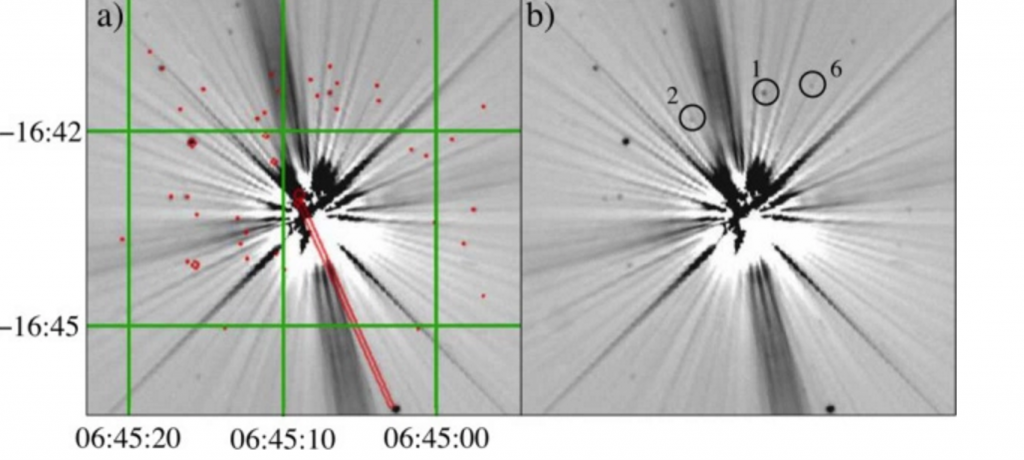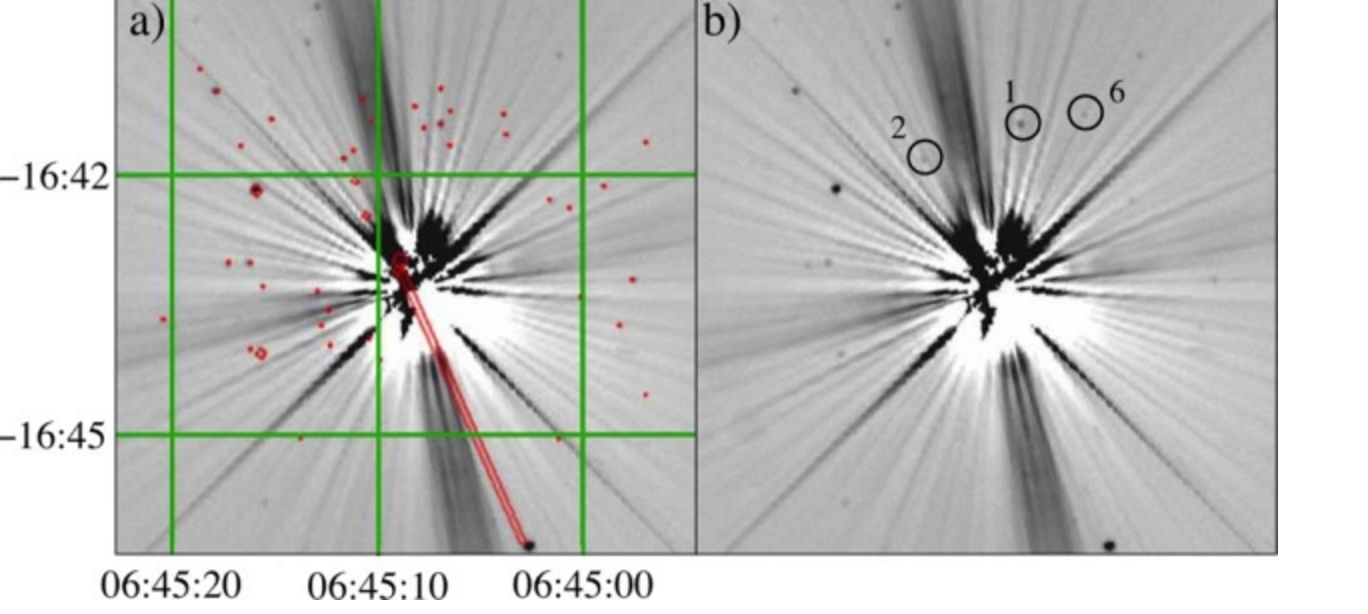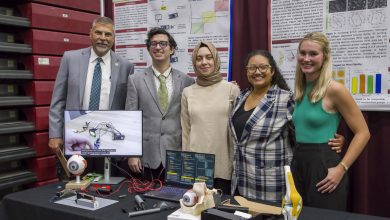Device for Finding Earth-Like Planets is Headed to the International Space Station
Charge Injection Device Has Ability to See Small Objects Near Bright Stars

A relatively simple and inexpensive device that has the potential to find Earth-like planets will travel to the International Space Station aboard a SpaceX rocket this November from Kennedy Space Center.
Called a Charge Injection Device, the machine is like a very advanced and specialized camera, says Physics and Space Sciences professor Daniel Batcheldor, who is leading the research project. The CID has the ability to capture light from objects tens of millions of times fainter than another object in the same picture. That means it could be a major leap forward in our quest for Earth-like planets that may be lost in the bright light of their host stars.
The CID will be deployed for six months on a technology demonstration mission. The demonstration period will allow the CID to establish a technology readiness level (TRL), which is required by NASA to show the equipment can work in the relevant environment and is acceptable to fly in space. If the CID achieves a TRL of 7 by mission’s end, the CID will qualify for future space missions, either on a standalone satellite or as part of a space telescope. The latter is Batcheldor’s hope: he and his team will propose a telescope-based plan to NASA if the CID’s demonstration phase is successful.
On this mission, the CID will record many images at various points of the ISS orbit as it is exposed to the harshest space environments possible. Batcheldor says the CID will be run until it breaks – which is the goal. “We can learn more if it breaks than if it comes back in perfect shape,” Batcheldor said.
%CODE1DISCOVERYMAGVOL13%





